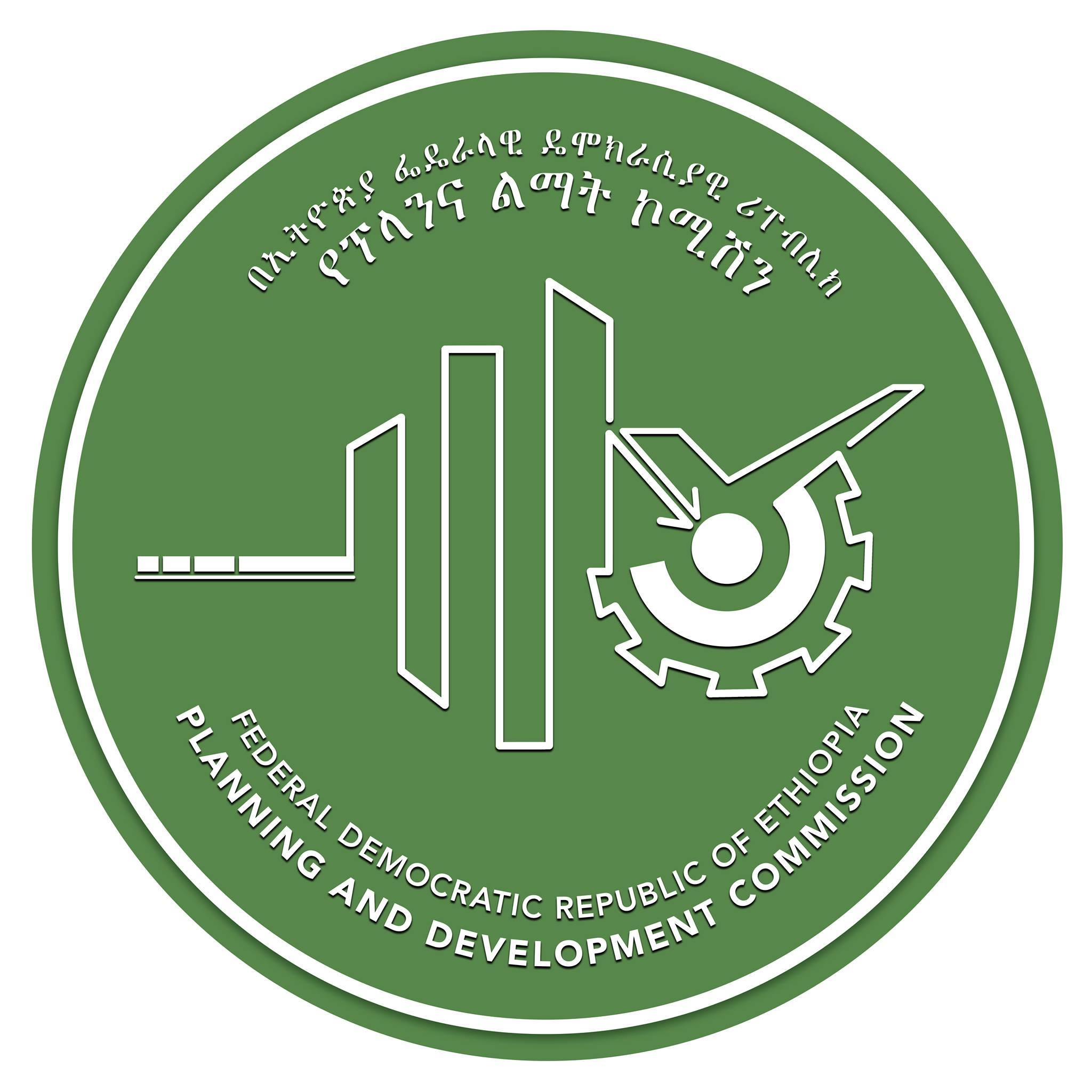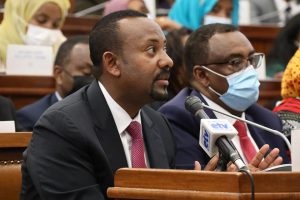
BY ABDUREZAK MOHAMMED
Over the years, Ethiopia has
been effectuating long-term economic plans that brought socioeconomic
improvements in the country. But these consecutive development schemes have
failed to bring tangible changes in the lives of the people with economic disparity
remaining wide and significant portion of the population continuing to wallow
in the quagmire of poverty.
Even if long-term development plans like the Growth and Transformation Plans were meant to attain quality growth, they had largely become paper-tiger only. Even at the end of the implementation periods of the GTPs, the economic imbalance had been severe that some people were not even in the position to meet their basic ends. The country was even cash-strapped and unable to pay its employees’ wage. The new leadership in this regard since the onset of the reform has been taking various measures that helped redeem crunched economy little bit. However, inequality, severe forex shortage, unemployment, lack of quality growth remains major challenges to this very day.
Poor implementation and regulatory capacities, corruption, lack effective monitoring and evaluation instruments of economic plans, absence of transparency and accountability have been mainly ascribable to the low performance in fully materializing medium and long-term plans.
Aimed at reversing previous trends and bringing quality growth as well as addressing existing challenges, the country has lately unveiled its first ever ten-year Perspective Development Plan under the theme ‘Ethiopia: An African Beacon of Prosperity’.
According to a report by Planning and Development Commission (PDC), the ten-year plan has gathered inputs in macroeconomics, industrialization, agricultural transformation, human resource development, energy, transport and services, urban development and housing, population and development, and hydro economics.
It was revealed that the plan follows bottom up approach with full participation of stakeholders, including business persons, civic associations, and development partners. “The Planning and Development Commission of Ethiopia had been preparing the document for months with each ministry tasked to come up with its own ten-year plan.”
In the period of the plan, Ethiopia’s economy will see a 10.2 percent average growth annually. And, the Agriculture, Manufacturing Industries, Mining, Tourism, Urban Development, Innovation and Technology are the key development sectors of the plan.
After attending a meeting that discussed the document, Prime Minister Dr. Abiy Ahmed stated in his twitted message recently that the nation’s ten-year development plan aims to bring quality based economic growth; increase production and competitiveness; build a green and climate resilient economy; bring about institutional transformation; ensure fair and equitable opportunities for women and youth; and guarantee private sector led growth.
He also said, “With a five pillar focus area serving as foundation for the effective development of other sectors, the plan sets out to capitalize on our existing strengths and abundant resources.”
According to the Prime Minister, the energy sector plan is in particular quite ambitious given many of Ethiopia’s development needs are heavily reliant on it and energy is a crosscutting need.
He further indicated that key factors for the Federal and Regional governments to enable successful implementation of the ten year plan include ensuring the impact of projects and investments undertaken add value to GDP, focusing on quality of projects so that expenditures are effective and transforming attitudes from ‘battling poverty’ narrative towards building multidimensional prosperity.
Last December, the Council of Ministers approved the Plan and sent it to the House of Peoples’ Representatives for ratification.
It was learnt that the plan mainly focuses on social and economic issues. And also the plan give details about various macroeconomic issues, the manufacturing sector, economic infrastructure, urban development and housing, demography and development, human resource development, and other key issues.
Two weeks ago, the FDRE Planning and Development Commission (PDC) had a two-day discussion with the Members of the House of Peoples’ Representatives on the ten-year national development plan.
The discussion was opened by the opening speech of the House Speaker Tagesse Chaffo. And, during the discussion, Dr. Fitsum Assefa, PDC Commissioner gave detail explanations about the Commission’s past performance and challenges, homegrown economic reform agenda, ten-year perspective development plan and sustainable development goals.
She stated that the plan took a long time to prepare and it has been prepared by drawing the experience of other countries. The preparation process had started by gaining experience on how these countries have achieved their vision and development dreams by implementing their long-term plans.
“Given the challenges facing our country, studies have been conducted on selected sectors to find inputs for the preparation of the development plan,” she said.
She also noted that, surveys on the financial needs of the implementation of Sustainable Development Goals (SDGs) was conducted and used as input in order to link SDGs with the ten-year development plan and implement them on time.
Explaining the unique nature of the development plan, she reported that the plan has taken into account the interconnectedness of the sectors. According to her, the plan is designed to support modern agriculture, foster manufacturing industry and the mining; Trade and logistics services will play a major role in facilitating linkages between manufacturing sectors and the market. Manpower and technology t would serve as a basis for the development of other sectors.
Despite the importance of sectoral linkages, there will be fundamental priorities for the development of specific sectors, she said, adding that modern agriculture, manufacturing, mining and ICT sectors would be given priority.
The tourism sector will get special attention by considering the role it can play in generating foreign currencies that have great role to strengthen the service sectors, manufacturing sectors as well as infrastructure development, she indicated.
For his part, PDC Deputy Commissioner, Nemera Gebeyhu, stated during the discussion that the manufacturing sector will contribute 48.4 percent in the coming ten years from export earnings from the current 13.3 percent, while agriculture will be reduced to 36.4 percent from the current 77 percent.
He also noted that the mining export earnings share is also expected to grow to 11.3 percent from 6.9 percent.
As to him, the service sector will take a share of 42.1 percent of the GDP from the current 39.2 percent of position. The industry sector in general is expected to expand to 35.9 percent of the GDP from the current about 27.4 percent. The per capital income is also expected to lift to USD 2,201 for the current lower one thousand dollar. The per capital income is projected to grow on average 8 percent every year in the coming ten year, according to the plan.
The agriculture sector that has about 33.4 percent share on the GDP now will drop to 22 percent, while other sectors; industry and service will show massive shifts, the plan also revealed.
The Ethiopian Herald 10 January 2021


